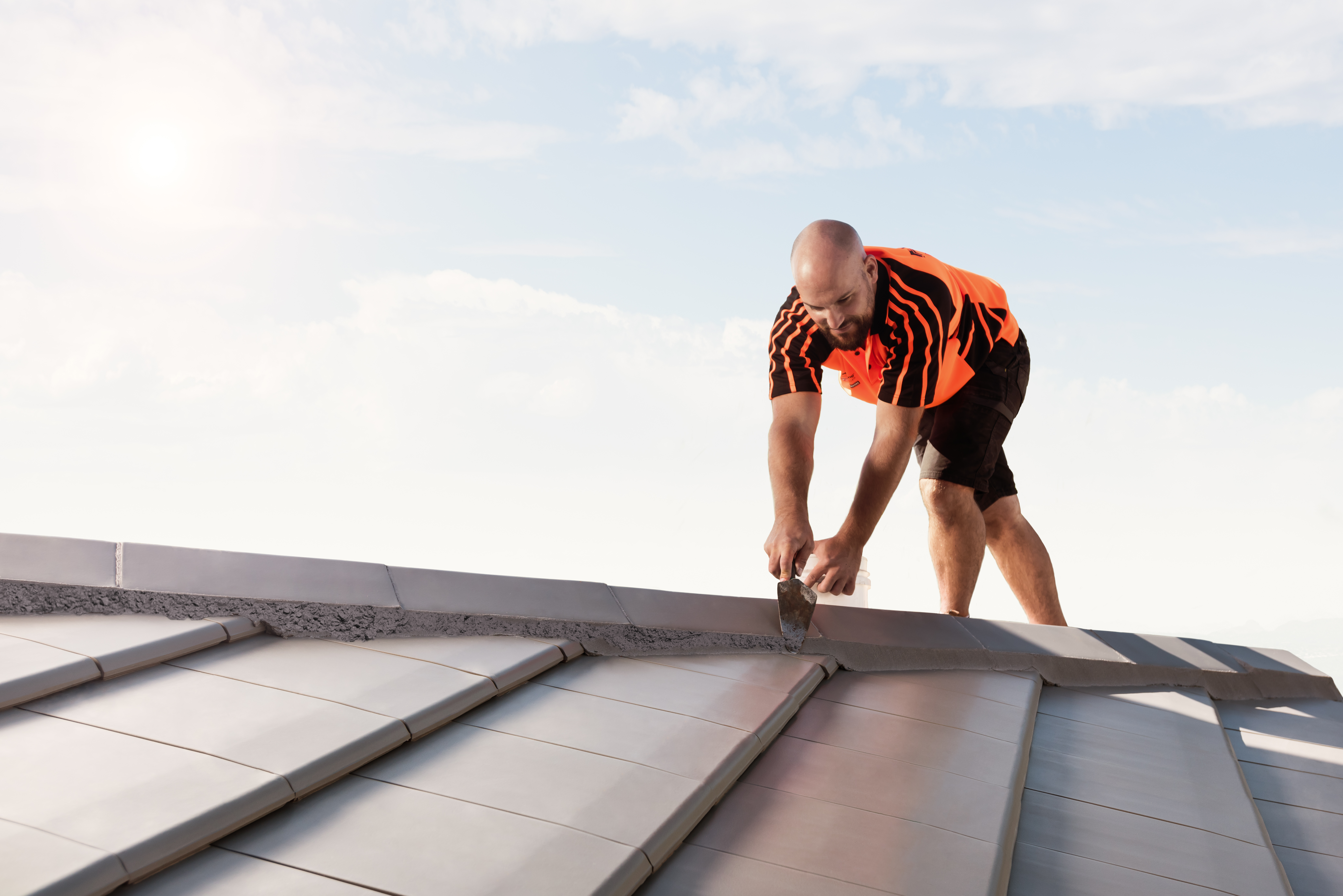
LOADING...

Your roof is essentially the main defence against Australia’s harsh weather extremes as it should keep the heat out and warmth in during all seasons. If constructed properly, a roof can minimise the internal temperature changes over the course of a day, meaning that less energy is required to artificially heat and cool the living space.
For energy efficiency to be achieved, a house must be constructed such that all aspects are contributing to provide thermal comfort. For example, a home’s walls might be designed to keep the internal temperatures within a comfortable temperature range; however, this could be negligible if the roof is poorly designed allowing the interior to be affected by external temperature extremes.
Heating and cooling demand accounts for 40% of a home’s energy consumption (YourHome, 2013). The amount of artificial heating and cooling will depend on the house’s ability to dampen the effects of external conditions on the internal living space.
Sarking and insulation are key roofing elements when building your energy efficient home. All roof spaces will heat up to some degree, so insulation helps to dampen the transfer of roof space temperatures to internal living spaces.
Sarking is a pliable membrane which sits underneath your roof tiles as a protective measure. Not only does it provide insulation properties, it also protects against water that might make its way into the roof in severe weather, controls condensation and even protects against burning embers.
Warm air that builds up between the sarking and roof tiles creates a buoyancy effect, where the heated air rises and can escape through the tiles. This hot air would normally be trapped for other completely sealed roofing options. For this reason, a wider range of dark colours can be used with roofing riles.
Roof tiles have a relatively high thermal mass, meaning that there is a dampening effect as the heat has to travel through the material, whereas thin metal sheets transfer heat directly between external and internal surfaces.
The combination of thermal mass and insulation in a buildings external envelope has been found to maintain lower internal temperatures than lightweight materials with insulation, based on the research by Dr. Sugo and Mr. Colyvas: A Comparison of Cooling Loads Imposed by Corrugated Metal and Concrete Tiled Roofs on Residential Buildings.
Not only can tiled roofs offer energy efficiency, they are also known to last for extensive periods, with warranties of 50 years. If you are designing for energy efficiency with the environment in mind, both concrete and terracotta tiles offer exceptional thermal properties, and are also long lasting, made out of natural ingredients and can be reused, recycled and buried without causing harm to the environment.